1. The Basilica Cistern and Its Hidden Passages
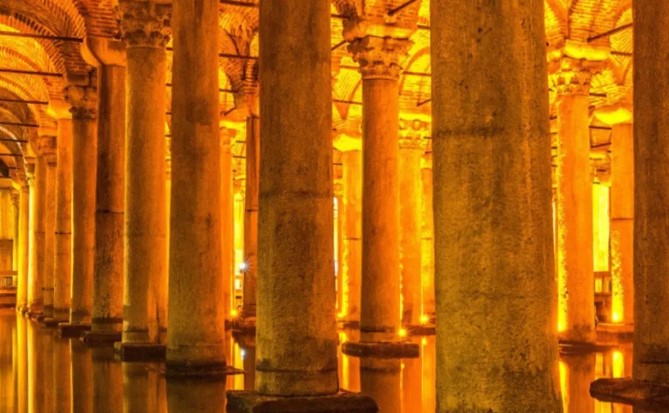
One of Istanbul’s most impressive underground structures, the Basilica Cistern, was built in the 6th century by Byzantine Emperor Justinian I. With its massive columns and dimly lit atmosphere, the cistern has a mesmerizing appearance. It was used not only for water storage but also as a security measure.
Some historians claim that secret passages extend from the cistern to Topkapi Palace and even Hagia Sophia. These tunnels, which were also used during the Ottoman period, are believed to have served as escape routes in emergencies. One of the most famous sections of the cistern, the Medusa Head statue, might be an indication that the site still holds many secrets.
2. The Hidden Tunnels of the Great Palace
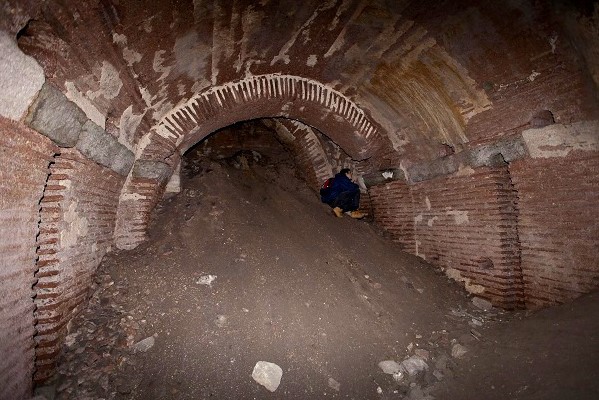
The Great Palace, where Byzantine emperors once resided, has been largely destroyed over time, but some underground tunnels are still waiting to be discovered. Archaeological excavations have revealed various passages beneath the Hippodrome, connecting to Hagia Sophia.
Some of these tunnels were designed as escape routes for the emperor and his family in times of crisis. Additionally, secret corridors were created to allow palace staff and guards to move swiftly. While some sections can be visited today, many structures in the depths of the underground are still believed to be undiscovered.
3. The Escape Tunnels of Topkapi Palace
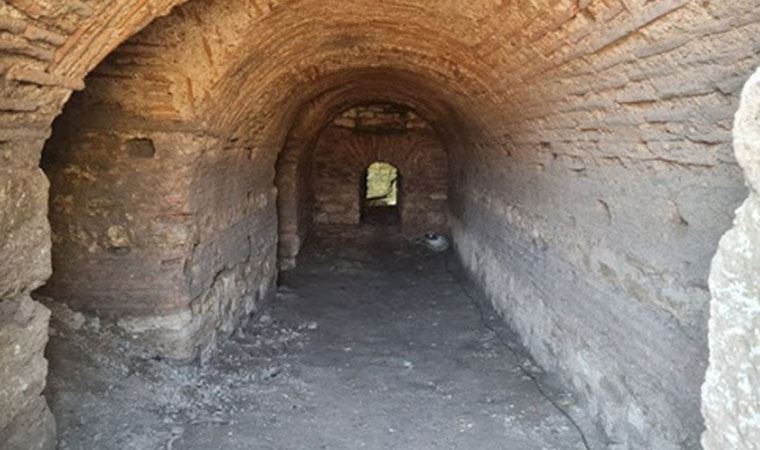
Topkapi Palace, the residence of Ottoman sultans, is not only famous for its grand architecture but also for its hidden underground tunnels. Some historians suggest that these passageways were designed to help sultans escape potential threats.
There are rumors of tunnels leading to the Sea of Marmara, frequently mentioned during the Ottoman era but never fully uncovered. Additionally, some passages are believed to extend from the palace to the Basilica Cistern and even Hagia Sophia.
4.Byzantine Drainage System and Sewer Tunnels
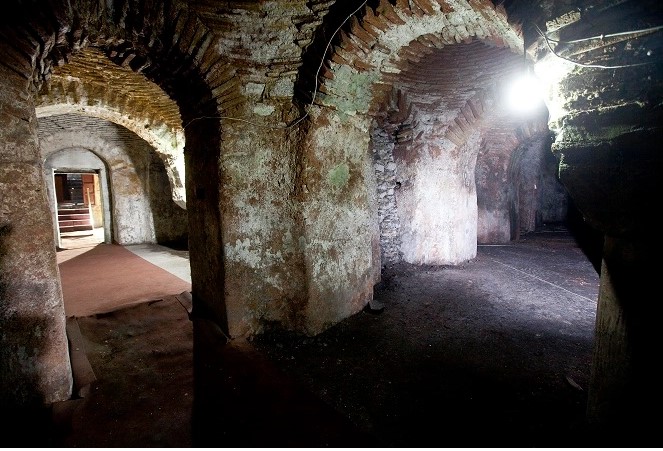
The infrastructure of Byzantine-era Istanbul was meticulously planned. An advanced sewer and drainage system was built to protect the city from floods and waste. This system, which still exists today, consists of extensive underground tunnels.
Some research suggests that these tunnels were used not only for water disposal but also for military strategies. Certain sections beneath important buildings are believed to have allowed soldiers to move covertly during sieges.
5. The Secret Tunnels of the Grand Bazaar
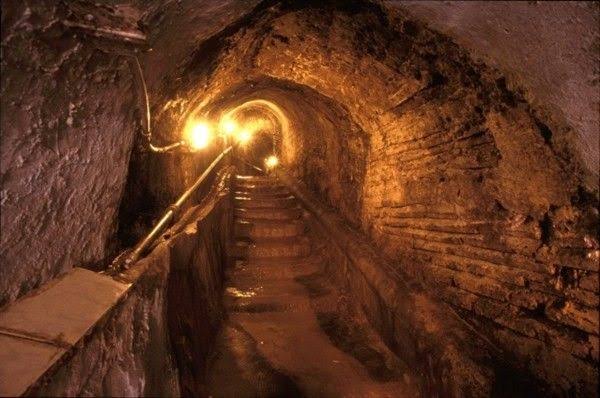
One of the world’s largest and oldest markets, the Grand Bazaar, is not only known for its bustling trade above ground but also for its hidden tunnels beneath. During the Ottoman period, special passageways were built under the bazaar to protect valuable goods and treasures.
Some of these tunnels connected to Mahmutpasa, Suleymaniye, and other key locations. According to some legends, merchants also used them as escape routes. During restoration work in the Grand Bazaar, parts of these tunnels have occasionally been rediscovered.
6.The Hidden Passageways of Büyük Valide Han
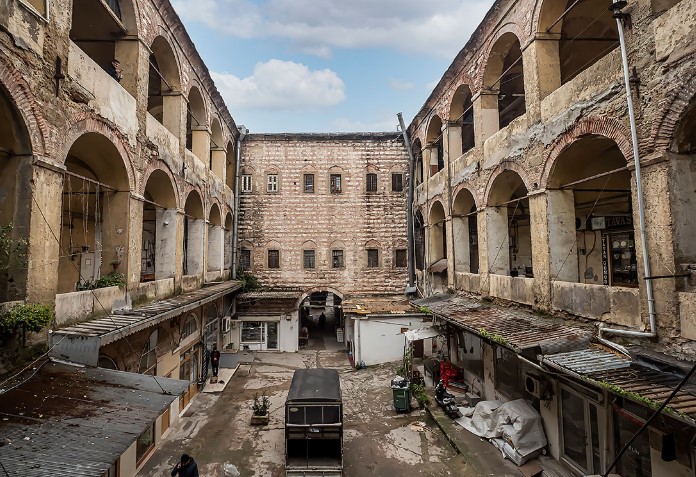
Built in the 17th century by Kösem Sultan, Büyük Valide Han was one of Istanbul’s major trade hubs during the Ottoman era. However, its underground corridors make it even more intriguing.
Historians believe these tunnels were constructed for merchants to hide their valuable belongings and to serve as escape routes during potential attacks. Some researchers today suggest that undiscovered sections of these tunnels may still exist.
- The Connection Between Maiden’s Tower and Sarayburnu
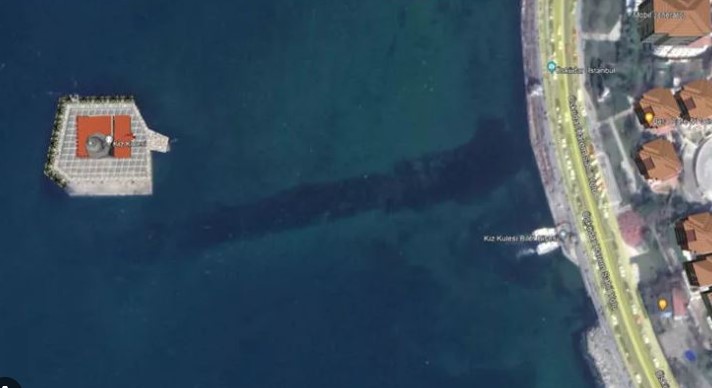
A city legend claims that a secret underwater tunnel connects Maiden’s Tower to Sarayburnu. It is believed that this passage was used to transport food and supplies to the tower from the palace during the Ottoman period, though its existence has yet to be fully proven.
However, some divers have reported finding ancient structural remains beneath Maiden’s Tower, hinting at the possibility that such a tunnel might exist, waiting to be uncovered as one of Istanbul’s greatest underground secrets.
8. The Hidden Galleries Beneath Hagia Sophia
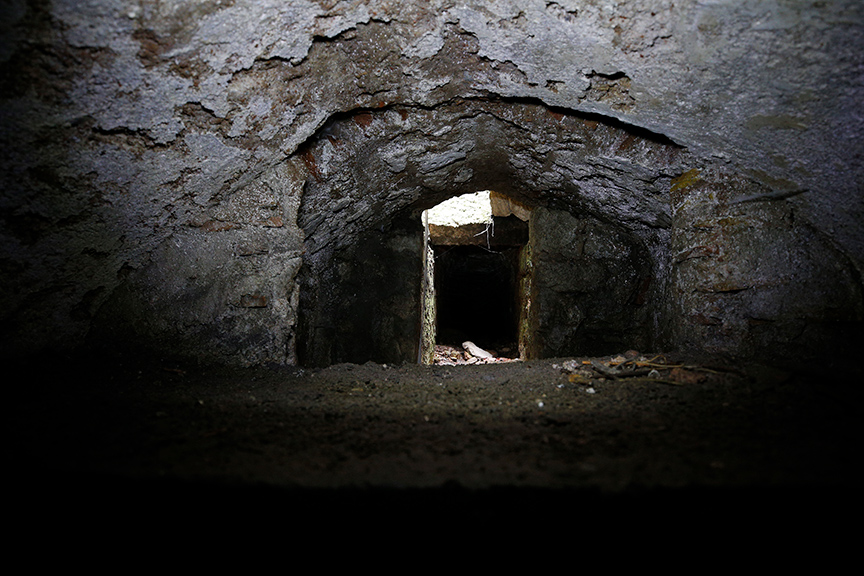
One of the world’s most significant historical structures, Hagia Sophia is renowned not only for its magnificent architecture but also for its underground tunnels and secret galleries. Archaeologists have discovered passages beneath Hagia Sophia that Byzantine emperors allegedly used as escape routes.
It is also said that monks once retreated to underground chambers beneath the site for meditation and isolation. While some sections are open to tourists today, many hidden passageways are believed to remain undiscovered.
9.The Karaköy-Beyoğlu Tunnel (Tünel Funicular)
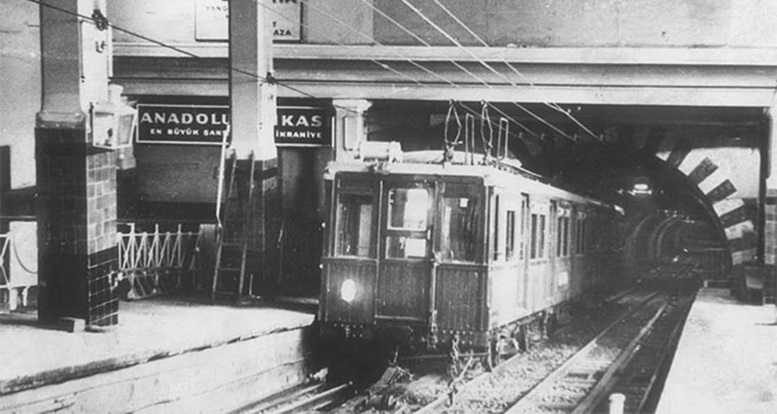
One of the oldest underground transportation routes in Istanbul, the Tünel was built in 1875 and is considered the world’s second-oldest metro system. Stretching from Karaköy to Beyoğlu, this short but historic funicular line was constructed during the Ottoman era to ease the steep climb for traders.
10. The Passageways Between Sultanahmet and Yedikule Dungeons
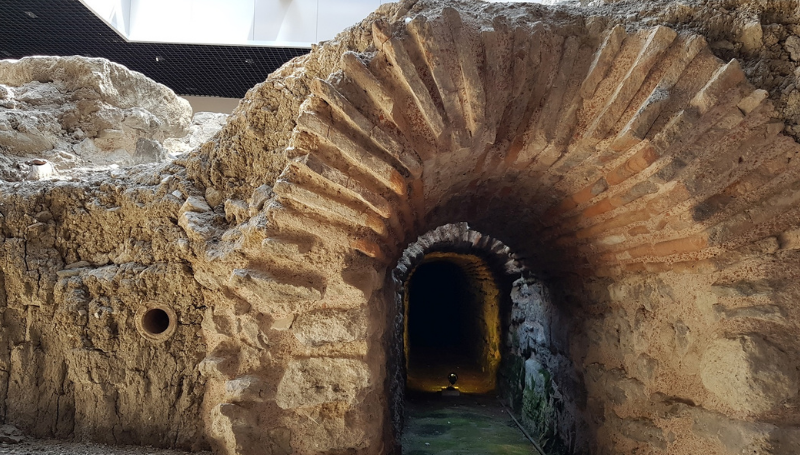
One of Istanbul’s biggest underground mysteries is the rumored tunnels extending from Sultanahmet Square to Yedikule Dungeons. Some believe that prisoners were transported through these tunnels or that a few managed to escape using them.
Although most of these passageways have been sealed or destroyed over time, some historians still believe that hidden underground routes might exist beneath the city.



